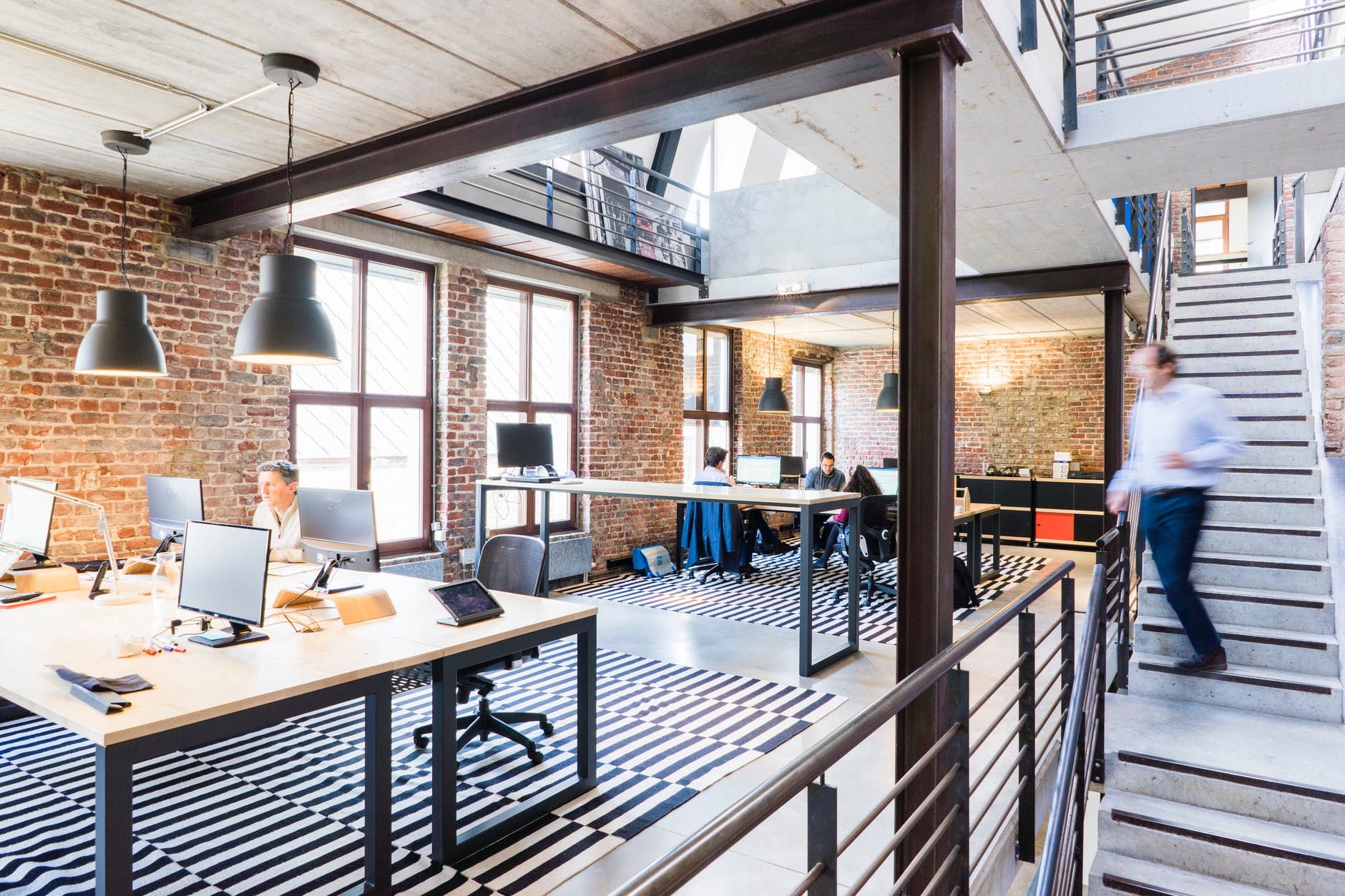COVID-19 outbreak has changed the way we see the places where we all live and work by making healthy and clean interior environments the top priorities for occupants. Considering that buildings have become the front-line defense against diseases such as COVID-19, it becomes imperative to ensure that indoor environmental conditions can keep occupants safe and healthy. In response to these needs, the U.S. Green Building Council (USGBC) released four new “Safety First” Pilot Credits to assist and support the efforts of the construction and building industry in the fight against the pandemic. These new “Safety First” credits are aligned with different guidelines related to best practices found in building operations and protocols that have been implemented across the industry. Such credits are:
- Cleaning and Disinfecting Your Space credit:
It is recognized that COVID-19 can spread person-to-person through respiratory droplets or by contaminated surfaces according to the Interim Recommendations for U.S. Households with Suspected or Confirmed Coronavirus Disease 2019 (COVID-19). This credit requires spaces to implement cleaning protocols and procedures following industry best practices to support healthy and safe environments. By disinfecting key areas of your space, you can reduce the risk of contracting diseases like COVID-19.
- Re-Enter Your Workspace credit
As lockdowns are easing off and people are going back to work, it is important to come up with a re-entry plan with constant monitoring of the situation. This credit aims to help stakeholders assess and plan for re-entry by aligning its requirements with the Re-occupancy Assessment Tool from the American Institute of Architects (AIA).
- Building Water System Recommissioning credit
Considering that several spaces were closed for a long period of time, several building systems including the water system would require a check-up before restarting operations to avoid the risk of exposure to low water quality due to stagnated water. Moreover, the quality of water supplied to the occupants is key since handwashing has been proved to be an effective measure to prevent the spread of COVID-19. This credit help stakeholders develop and implement a water management plan to address degraded water quality.
- Managing Indoor Air Quality During COVID-19 credit
Buildings should ensure high indoor air quality supply to their occupants by providing constant fresh air through effective mechanical or natural ventilation techniques and filtration technologies. By doing this, there is a lower risk of having contaminated air and pollutants, which may carry the virus inside a building.
These “Safety First” Pilot Credits are applicable to certified LEED projects and projects currently pursuing LEED and are available to all LEED v2009, LEED v4, and LEED v4.1 project versions. With the introduction of these credits, the USGBC hopes to help the industry demonstrate its commitment to protect the health of its occupants.
Reference: USGBC Releases New LEED Guidance to Address COVID-19 and Support Buildings with Reopening Strategies
Relevant related content:
-
Healthier Building Design & Operations to Reduce Risks of COVID-19
- Best Practices in Building Maintenance in Times of COVID-19
ABOUT LEED
Developed by U.S. Green Building Council, LEED (Leadership in Energy and Environmental Design) is the most widely used green building rating system in the world. Available for virtually all building project types, from new construction to interior fit-outs and operation & maintenance, LEED provides a framework that project teams can apply to create healthy, highly efficient, and cost-saving green buildings. LEED certification is a globally recognized symbol of sustainability achievement.
Being the leader in the green building industry, BEE has significant LEED consulting experience all over the world. All of our engineering staff are fully bilingual LEED APs, specializing in and highly experienced in a diverse portfolio of LEED ID+C and BD+C projects.










